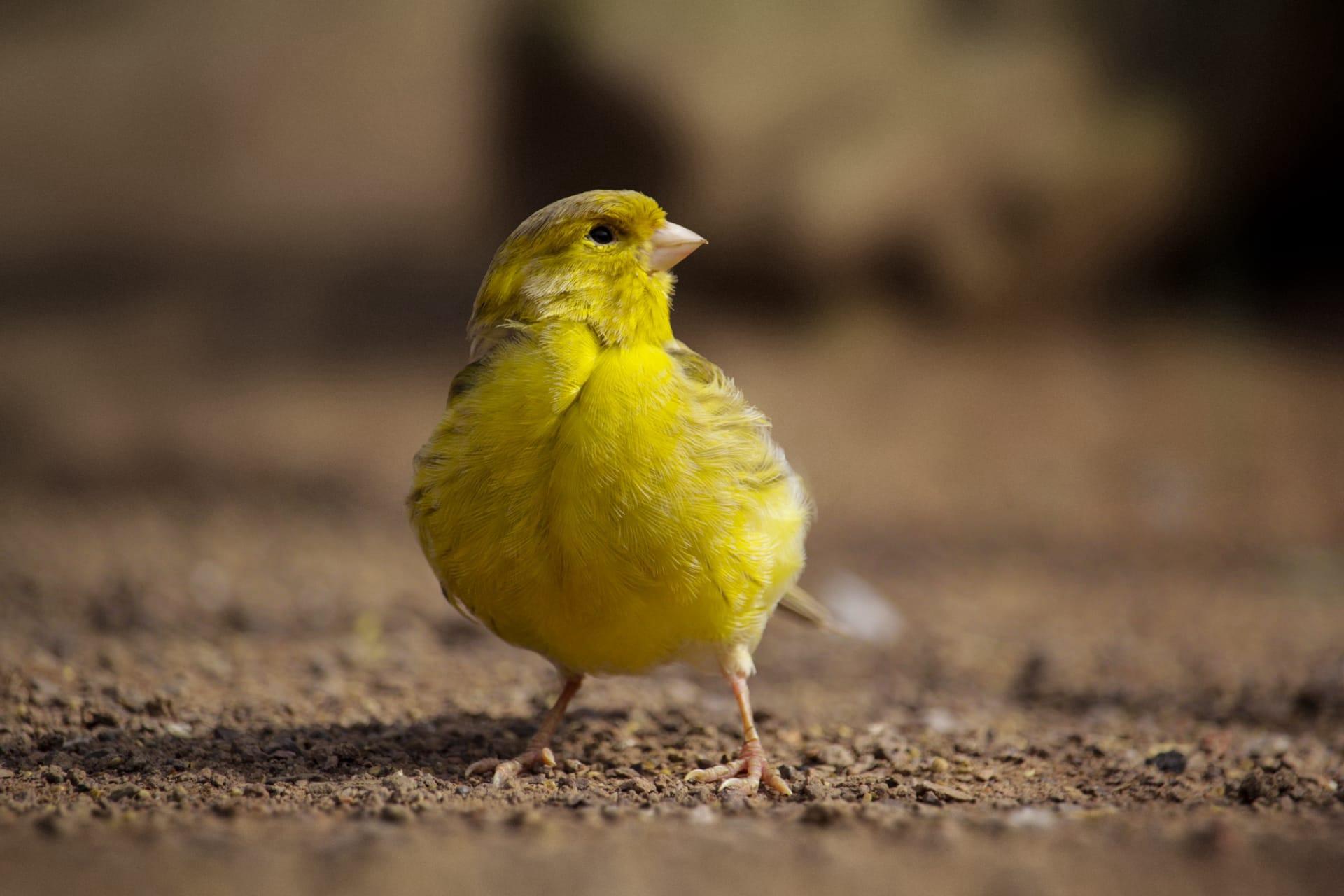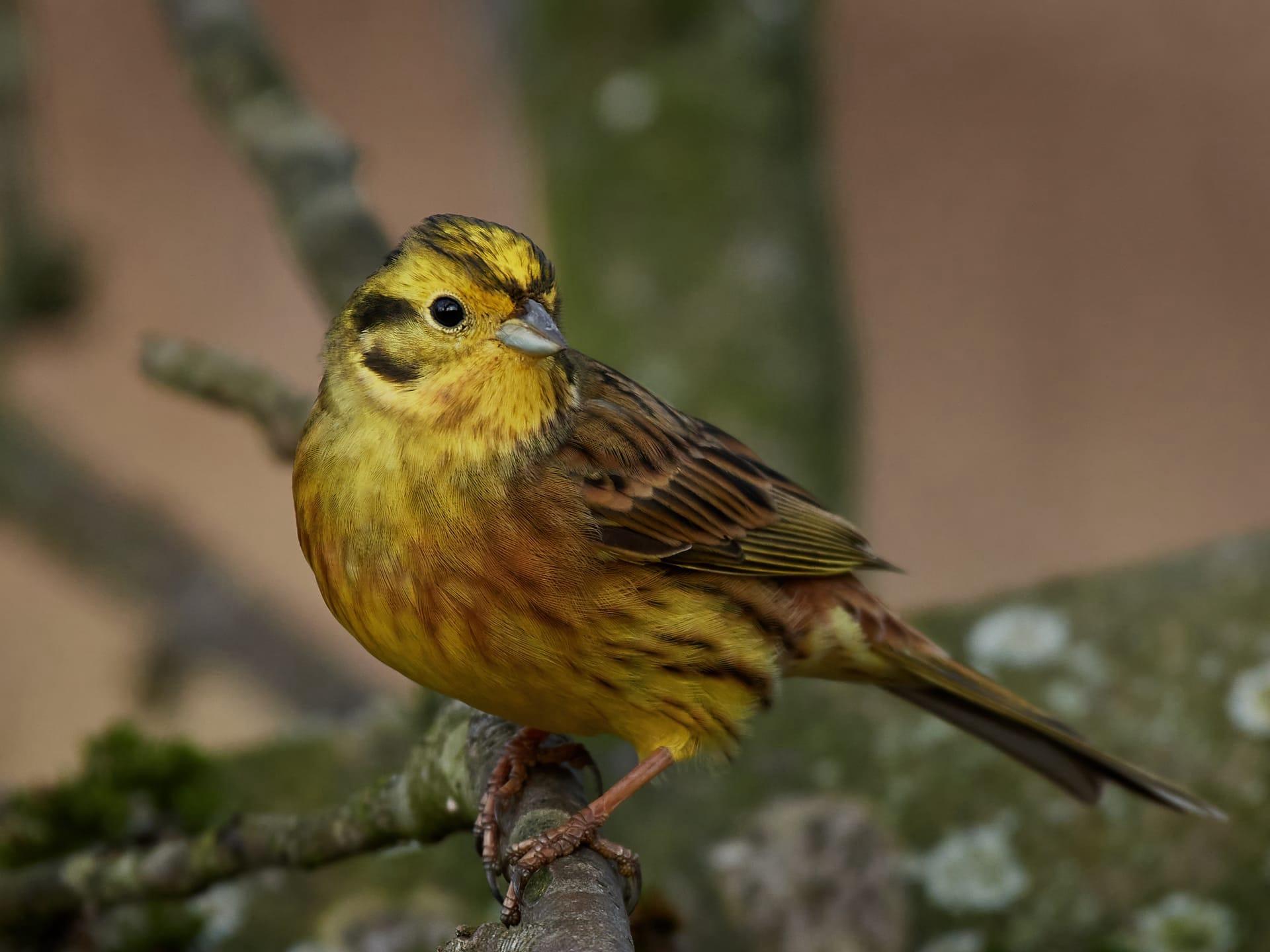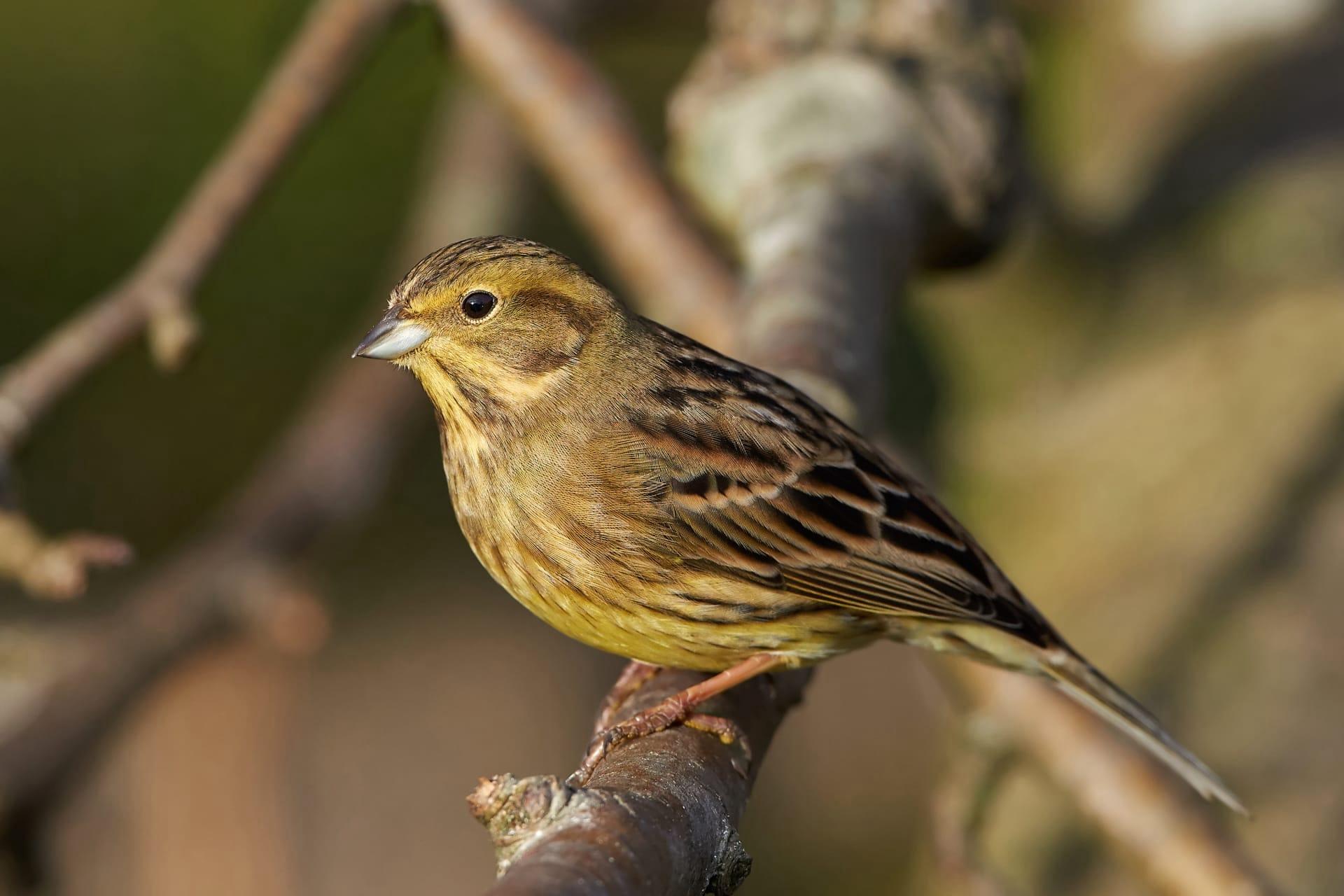1
Yellowhammers are striking birds, renowned for their vibrant yellow coloring which is especially vivid in males. This brightness isn't just for show; it plays a key role in their mating rituals. Studies have shown that female yellowhammers prefer males with more intense yellow plumage. This preference is linked to diet: males that consume higher amounts of carotenoids, found in certain seeds and insects, develop brighter feathers. These carotenoids not only enhance the males' appearance but also indicate their health and foraging skills, making them more attractive to potential mates.
Another fascinating aspect of yellowhammers is their song. Each male has a unique song pattern, which is used both to attract females and to mark their territory. These songs are remarkably complex and can vary greatly. What's particularly interesting is that these birds can adjust their singing style based on their environment. For instance, in noisier areas, they tend to sing louder and at a higher pitch to ensure their calls are heard over the background noise. This adaptability demonstrates a remarkable level of acoustic awareness and flexibility in their communication.

2
Yellowhammers are not just visually and acoustically interesting; they also have intriguing nesting habits. They typically build their nests on the ground, hidden among tall grasses or under bushes. These nests are artfully constructed, often using grass, leaves, and hair, and lined with finer materials for comfort. The location and construction of these nests are crucial for protecting their eggs and young ones from predators.
Speaking of eggs, yellowhammer eggs are distinct for their unique markings. Each egg is a work of art, with patterns that can resemble scribbles, lines, or dots, in shades ranging from lilac to black. These markings are not just decorative; they serve as camouflage, blending the eggs into the surrounding environment and making them harder for predators to spot. The variation in these patterns is so vast that it's rare to find two yellowhammer eggs that look exactly the same.

3
Yellowhammers are not only fascinating in their behaviors and characteristics but also in their migration patterns. Unlike many birds, yellowhammers do not typically migrate long distances. Instead, they are partial migrants. This means that while some populations may stay in their breeding grounds year-round, others may move only a short distance to find better food sources or more suitable habitats in winter. This behavior demonstrates their adaptability and ability to thrive in varying conditions.
Another interesting fact about yellowhammers is their diet. They primarily feed on seeds, but their diet changes seasonally. In spring and summer, they consume more insects, which provides them with the additional protein needed during the breeding season. This diet includes caterpillars, beetles, and spiders, making them important for controlling insect populations. In winter, they switch back to seeds, often foraging on the ground under hedges or in fields, showcasing their flexible feeding habits.

4
Yellowhammers have a significant role in culture and literature. In some cultures, they are seen as symbols of good luck and happiness. This is possibly due to their bright yellow color and cheerful song. Additionally, their song has a distinctive rhythm that has inspired poets and musicians. The famous English poet John Clare, known for his nature-inspired works, wrote extensively about the yellowhammer's song, describing it as a repetitive and melodious sound that echoes the beauty of the countryside.
These birds also exhibit a fascinating behavior known as 'anting'. During anting, yellowhammers allow ants to crawl on their feathers or they actively rub their feathers on an anthill. This peculiar action is believed to help in getting rid of parasites. The ants release formic acid, which is thought to act as a deterrent for lice and other pests. This behavior highlights the yellowhammer's unique way of maintaining feather health and showcases an unusual interaction between different species.

5
Yellowhammers are known for their longevity, which is notable for small birds. They can live up to eight years in the wild, a considerable lifespan given their size and the challenges they face, such as predation and harsh weather conditions. This longevity can be attributed to their adaptable nature and efficient foraging skills, which ensure a consistent food supply.
Yellowhammers play an important ecological role. They are seed dispersers, aiding in the spread of various plant species. As they feed on seeds, some are inevitably dropped and can germinate in new locations. This not only helps in plant propagation but also in maintaining biodiversity. Additionally, by consuming a large number of insects, they contribute to controlling insect populations, which is beneficial for both agriculture and natural ecosystems.